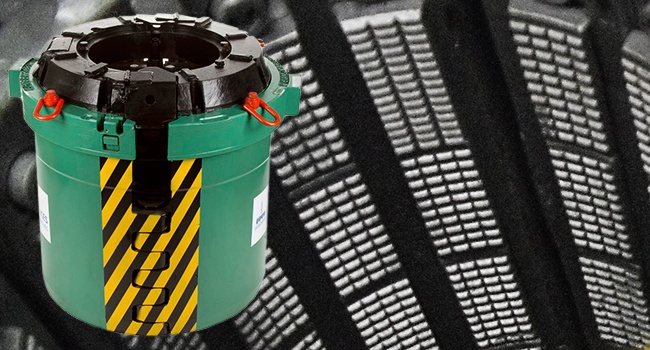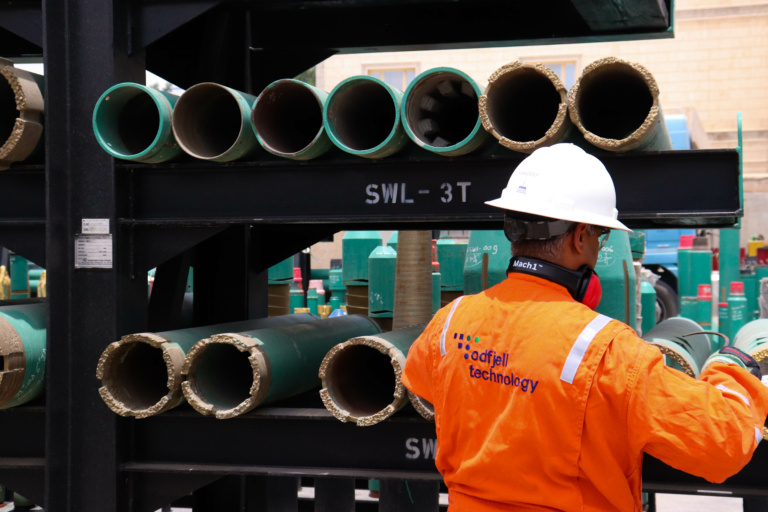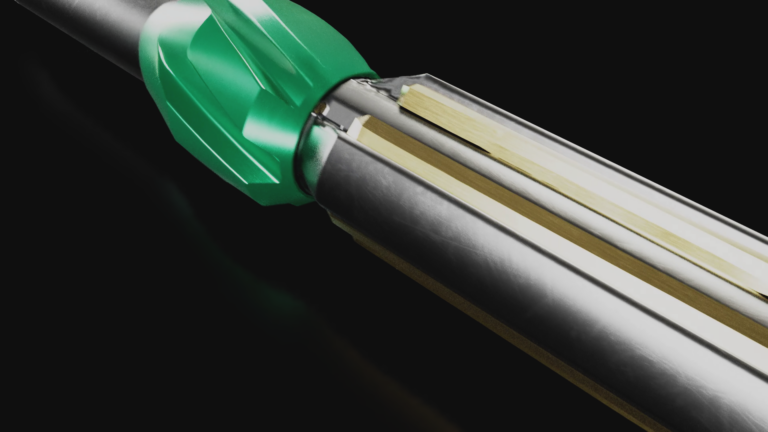The use and misconceptions of slips in casing operations
Considering the solid position of slips in our industry, it is strange that we still confuse or miscommunicate the terms, types and purposes of the different kinds. Considering the rapid development of the technology, it is remarkable that they more or less look and work the way they always have.
Get a grip!
Let us start with the basic fundamentals: A slip is a device that grip tubulars of all sorts to enable connecting and disconnecting and to secure it in the rotary table. It carries the weight of the whole string (or a single tubular) and prevents it from falling down into the well. It consists of steel wedges hinged together, enabling them to fit around the OD of a tubular. When the tubular is suspended into the rotary, the slips will wedge between the rotary bushings and the OD of the tubular. The downward weight (gravity) keeps it in place.
Is it a slip or is it a die?
Often referred to and confused with each other, dies and slips are two sides of the same story. While the term slips is used to describe the tool as a whole, the dies are a part of the slip. The dies are on the inside of the slip, gripping the tubular and distributing the force from the wedges to the surface of the pipe evenly to avoid crushing. The slips usually have a size range, meaning when you insert thicker or thinner dies, you change the gripping size (this process is called dressing the slip).
Slips used in casing
- Casing slips
Multiple segments hinged together to form slips of a certain size. 7″ & up. - Rotary hand Slips
Three Segments hinged together with a size range of 2 3/8″ – 7″.
Automation or not?
Naturally, automation of slips has a positive effect on HSE exposure when hands are removed from the tools and people are removed from the rotary. The use of automated slips also contributes to decent work heights on the rig floor by eliminating the need for work platforms.
Automation is nearly always positive for the efficiency of a process. This is also the case with automated slips. However, for shorter casing strings, manual slips are at least as effective as automated.
Pipe handling
Don’t “throw” slips in the rotary table, especially when the string is moving. This “habit” can cause major damage to the equipment. Proper hand & body placement is essential when manual slips are used. As we are dealing with moving parts and heavy equipment, a person can easily get injured in the process. With slips as the load carriers, extreme forces are exerted on them with the critical area being the “toe” of the slip. Pre-job inspection of slips is a must. All dies should be checked for sharpness, correct size and part numbers. If in doubt: Do not use! Don’t ever mix parts from different manufacturers (slips in the elevator) even though they seem compatible. This is still done today in our industry, but this type of complacency can have disastrous consequences for the equipment and personnel!! Increase the safety
The slips are an integral part of the professional life of every member of a drill- or casing crew. Constructed from basic laws of physics, the easy-built devices have stood the test of time. Operating the slips, however, has been a major risk factor, causing injuries and death to the crews operating it. The development of the remotely controlled casing equipment has helped lower the risk and significantly improve the HSE. A trend we welcome and should contribute to in every project we get involved in. Topics: Casing Running By: Robert Koendering Robert has 15 years experience in tubular running services which comprises pile driving, running casing & high chrome completions, bucking & pressure testing. He is an expert on top drive casing running tools & DwC operations (Level 2).No slips in the maintenance




